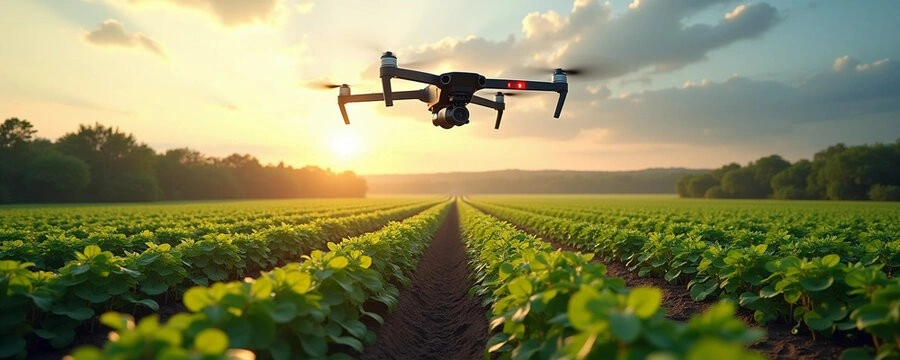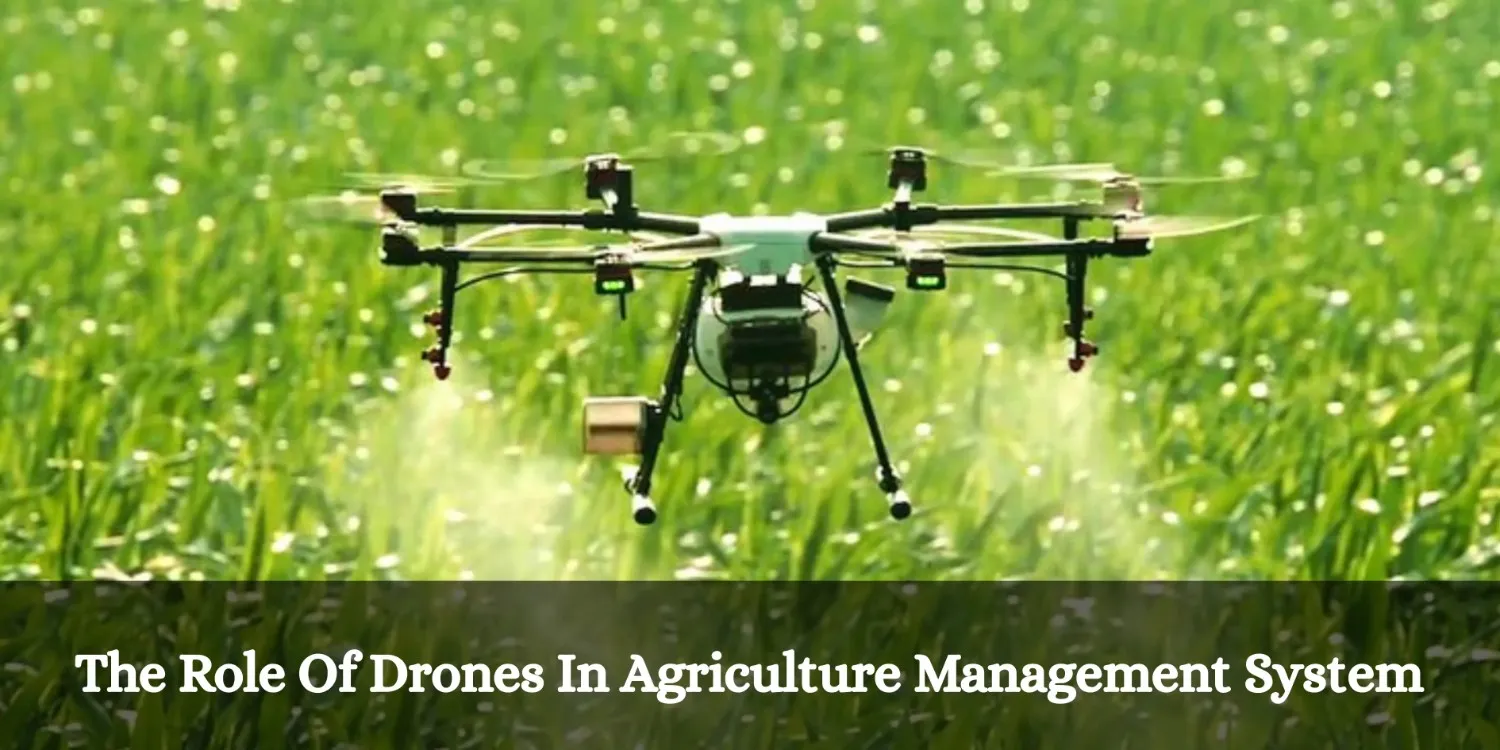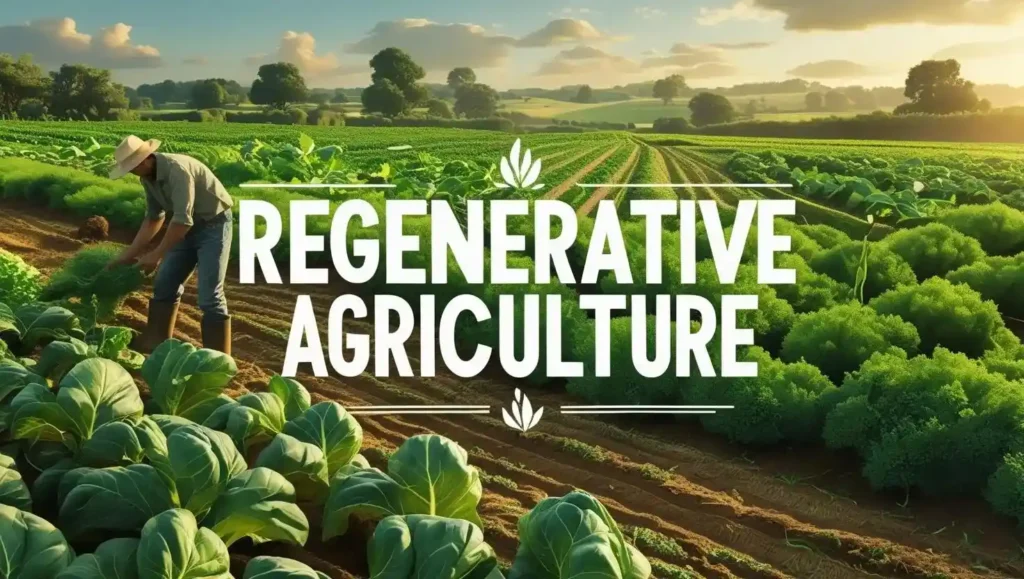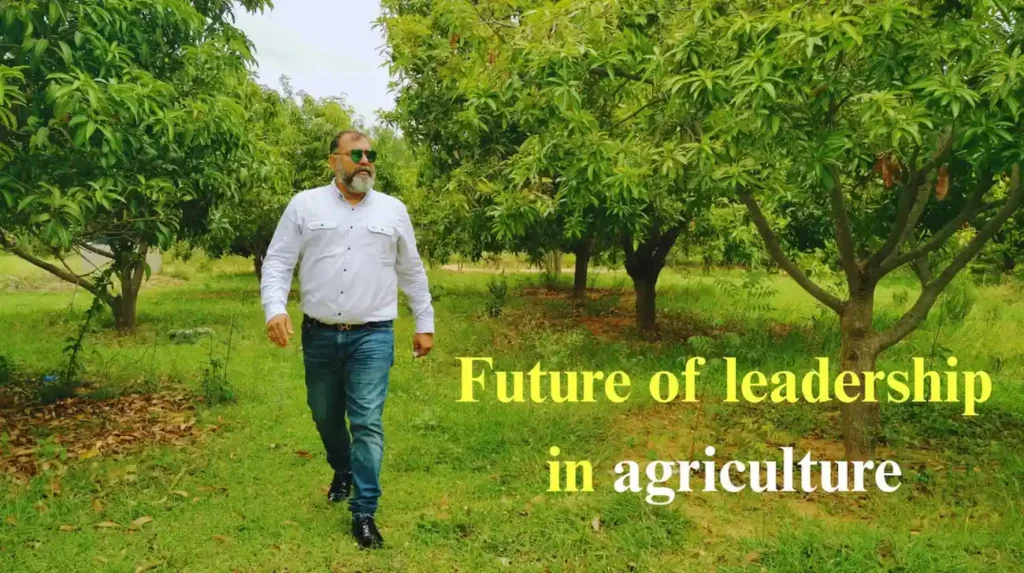Drones, which are used for agricultural practice, are known to be agricultural drones. It is primarily used to enhance crop production by monitoring precise farming practices. Drones in agriculture can be remotely controlled or programmed to follow a predetermined route using technical automation algorithms built into their design.
APPLICATION OF DRONES IN AGRICULTURE:
Different possibilities are offered by drones ( small machinery aerial vehicles) for the agricultural sector; the drones work is being done by spraying fertilizers, soil sampling, surveillance of small farm animals, producing real-time aerial imagery, and sensor data collection, etc. Indian agriculture is promoting drones for doing agricultural work, for spraying jobs.
These are viewed as “farmers’ drones”, which primarily focus on efficiency and efficacy. These drones save time, utilize all proper resources in agricultural sprays, and diminish the adverse effects of manual pesticide spraying.
Drones prove to be a great tool in monitoring, surveying, and producing aerial imagery in agriculture. The government is adopting a liberalized policy to promote drones, and their usage is increasing rapidly with the advancement in agriculture; they have a great future in Indian agriculture.
DRONE TECHNOLOGY IN INDIAN AGRICULTURE

Drones are unscrewed aerial vehicles UAVs that are deployed to monitor and keep surveillance in different parts of industries, including the agricultural land of India. Drones provide farmers multiple benefits, including enhanced efficiency and reduced cost.
The use of drones can revolutionize and revamp the Indian agricultural system and ensure a stable food security process. Drones are equipped with advanced sensors, which would help in collecting high-resolution data to determine overall crop health. It aids in scrutinizing the soil health and irrigation needs. Drones play a crucial role in collecting multispectral images, which helps farmers detect diseases in crops.
Drones are known for accuracy, which aids crop planning and mapping. Drones help farmers to have accurate data and pictures of their farmland, which is not possible with manual labour.
You Can Read Also:- How are Agricultural Drones Playing a Key Role in Transforming Agricultural Practices
ORGANIC FARM MONITORING SYSTEM
Organic farming is going through a paradigm shift with the incorporation of new technologies, with the advent of new techniques for monitoring efficiency. The innovations are making organic farming more self-reliant and productive to ensure that the crops meet the heightened requirement of improved soil health and equilibrium biodiversity, which defines organic cultivation.
Embarking upon the new advanced cultivation system needs continuous monitoring of the crops and the organic farming practices to maintain transparency and accuracy in agricultural practices.
Organic farming is evolving at a faster pace, and with it comes the responsibilities of agricultural surveillance and checks to maintain environmental sustainability and the relevance of organic practices. In today’s generations, business intelligence BI and data analysis play a pivotal role in ensuring that organic standards are met consistently in the agricultural world.
It deals with the ideology of how these agricultural checkers or invigilators bring robust changes in the farming practices. These agricultural invigilator checks are well-equipped to apply the tools that are needed to transform complex data into workable insights; they are action-oriented.
These agricultural supervisors (agricultural drones) are at the forefront to ensure that organic farming remains intact and uncompromised.
PRECISION FARMING, WHILE USING THE DRONES
Agricultural Drones are innovative aerial machinery to monitor the farmland with multispectral and hyperspectral sensors, and advanced navigation and communication systems. Drones are innovative aerial machinery to monitor the farmland with multispectral and hyperspectral sensors, and an advanced navigation and communication system.
Its is useful in multispectral mapping and using specifically for precision spraying and drone interventional seeding, through the drone mechanism, disease detection is done, yield estimation is calculated and irrigation management is done precision farming is a tech driven approach for farming that measures, observes analyses the detail of crop productivity which makes the modern agriculture with innovative, precise and profitable; we are living in an advanced technology oriented reality of agricultural system.
We are witnessing an innovative revolution in the agricultural field, where precision farming and smart farming co-exist.
TYPES OF AGRICULTURAL DRONES:
Drones are being used intensively due to their crucial role in the agricultural process. Their undisputed contribution has put them on par with any other form of AI-based technique, which is being applied in agricultural practices.
Many agricultural researchers and cultivators are utilizing drones for crop monitoring, precision agriculture, and farm animal management; through their sensors and scanners, farmers collect vital information.
Different types of drones are commonly used in agriculture and have their specific capabilities.
1. FIXED WINGED DRONES: They are unmanned aerial vehicles UAV that replicates a miniature plane, which is differentiated from multi-rotor drones; they are designed with fixed-wing machinery. They are launched by hand and are controlled through a remote and cover the entire ground. They are used for mapping fields, monitoring crops, and identifying irrigational problems.
2. SINGLE ROTOR DRONES: They are also known as helicopter drones are UAVs used in agriculture to capture high-quality images and used for mapping the crops and analysis. They hover in an open space irrigational field. They are ideal for use in precision agriculture.
3. MULTI-ROTOR DRONES: They are a popular kind of drone used in agriculture, which consists of multiple rotors situated in the body of the drone. They are mainly designed for crop monitoring and analysis. They are mainly used for mapping and surveying large cultivable land. By providing high-resolution aerial images.
4. HYBRID DRONES: They all get a combination of multirotor and fixed drones, they have takeoff and landing capabilities, they are easy to launch in uneven terrain, they can fly horizontally, which covers larger areas of the farmland. They are equipped with a wide range of sensors and cameras that allow them to collect a wide range of data about crops and farmland.
FINAL THOUGHTS!
Drones are high-mechanical aerial vehicles that are mainly used in modern agricultural practices, preferably where AI is intensively used. There are different types of drones used in modern agriculture. You need to know the technicalities, which drone would suit your farmland and its utilities for the applicability of drones in your cultivable land.
By implementing these technologies and practices, farmers can improve their crop production, reduce costs, and make more judicious decisions about the produce. The precision farming and data analysis allow the cultivators to closely monitor the activities of the farmland and take required prompt decisions whenever required. Precision helps in saving water, spraying fertilizers and pesticides through drones, and saving energy.



